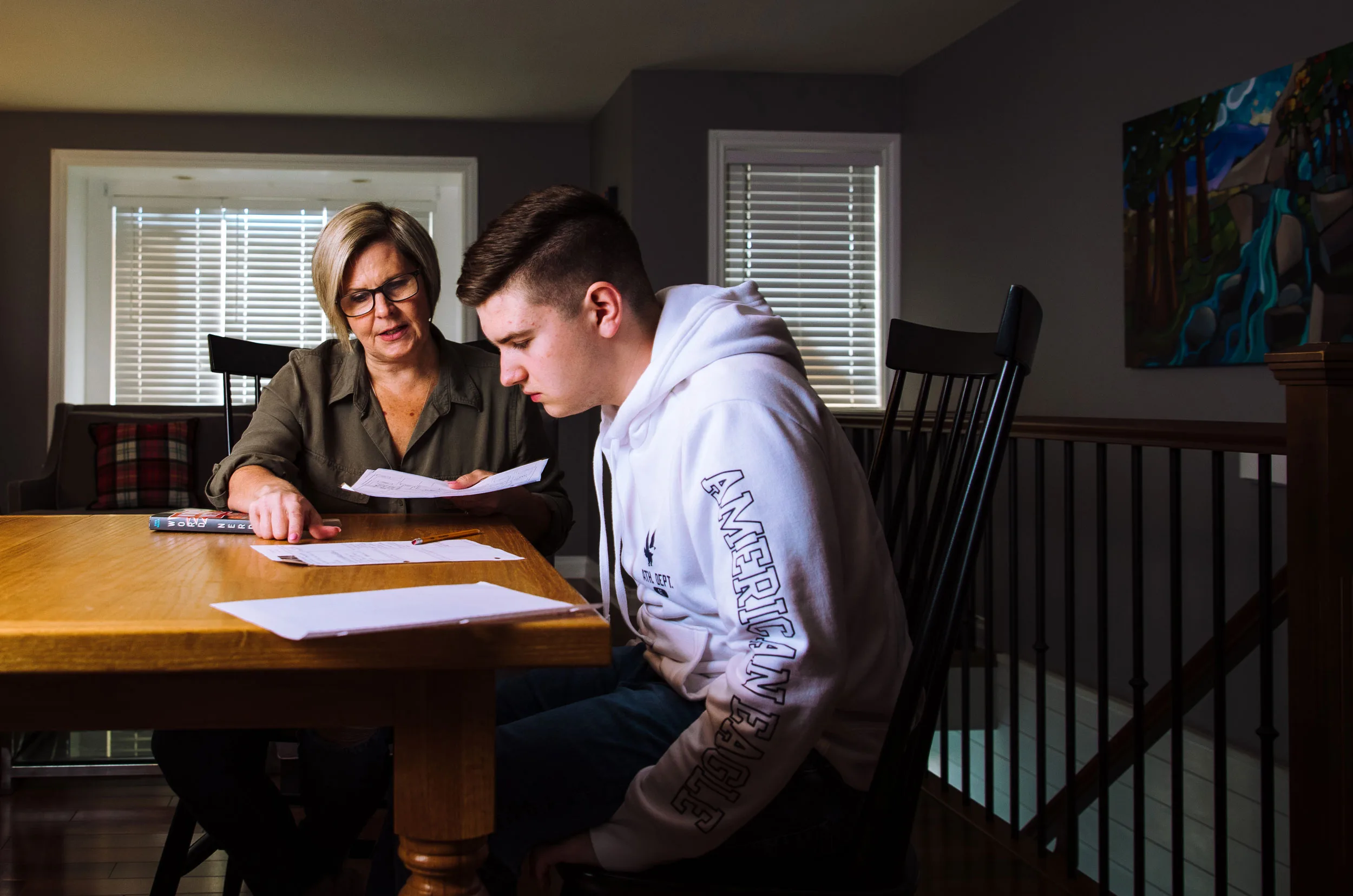Back to school is an exciting time. It’s also stressful for many families, especially in these uncertain times. But we’ve all tackled huge challenges so far in 2020 and we CAN do this with a little preparation, clear prioritization of urgent needs and collaborative problem solving. And a little extra patience and flexibility as schools juggle COVID safety with all the other usual challenges.
Here are some helpful tips.
Step 1: Be informed
Read BC’s 2020 Back to School Plan. It includes Ministry guidelines that all school districts must follow. Noteworthy sections for students with disabilities include:
Prioritization of Services and Supports (Page 16)
Supports for Students with Disabilities/diverse Abilities and Students Requiring Additional Support (Page 20)
Accommodations for Students with Disabilities and Diverse Abilities (Page 42)
The Ministry of Education outli
ned clear expectations that schools must develop learning plans for students with disabilities or diverse abilities that prioritize in-school instruction and ensure equitable access to learning. These plans should align with the student’s Individualized Education Plan (IEP) goals (page 42).
This Ministry summary offers a quick overview of the inclusive education requirements.
All school districts have now posted district plans that comply with the Ministry’s 2020 guidelines, outlining the local learning options available. Check it out on your school district’s website.
Step 2: Establish
priorities
The pandemic has impacted us all differently, so each family has different needs. There are clearly no one-size-fits-all solutions this year (…though the “silver lining” is that COVID is finally illustrating how all students benefit from inclusive learning models with the flexibility to accommodate diversity!). Some things to consider in assessing your family’s priorities:
- Your family members’ health concerns
- Your child(dren)’s social-emotional, educational and health needs
- Your family’s level of risk tolerance
- Childcare needs
- Work-related needs
Being clear about your priorities will help you and your school find the best available solutions. Academic learning is one of many important K-12 outcomes and may not be the top priority for some students this year (e.g. prioritizing current health, mental health, social-emotional or socialization needs may be more important for your child’s long term wellbeing.)
COVID safety measures will impact education services this year. That’s expected, but it’s important that schools equitably distribute impacts so that
ALL students, no matter how complex their needs, have fair access and opportunity for inclusive learning. And yes, #AllMeansAll!
Step 3: Start conversations
Schools are still working out details of how to implement the new plans so may not have all the answers yet. But you can start conversations to share your concerns, priorities and ideas and start collaboratively planning how to make this year work for your child(ren), your family, your child’s teachers and your school community. Start by reaching out to your main school contact (principal, vice-principal, resource teacher) to discuss needs, priorities and options available.
In this stressful time, effective communication strategies can go a long way to keeping these sometimes difficult conversations on track as you work
through the challenges and navigate around frustrating obstacles. It’s a lot easier to problem-solve collaboratively if you can build positive relationships, trust and mutual respect.
When sending messages:
- state the facts,
- express your feelings,
- mention your needs,
- make specific requests,
- focus on solutions, not blame.
- listen while ensuring you’re also being heard.
The best solutions emerge from a common understanding of where all parties are coming from, teasing out the opportunities from the non-star
ters.
Step 4: Develop your plan
Work out details of your child’s back-to-school plan collaboratively, based on the above and the learning option you choose:
In-person learning: Learn about your school’s new safety protocols, orientation week activities and plan ahead to cover your childcare needs during orientation week.
Alternative Options: Check what other options are available in your district. Clearly convey your child’s needs and family priorities as you work with staff to find the best option.
Home School or Distributed Learning: R
eview registration requirements and processes for Home School or Distributed Learning program so you understand the parent/student expectations and requirements for these options. Connect with other local families who have chosen these options (e.g. check out social media parent support and networking groups).
#DiversityIncludes #AllMeansAll
While we’re fortunate in BC to have a great public education system, the experience for too many students and their families has often been far from perfect. BC’s 2020 Back To School plan recognizes that this year will be especially challenging. But it also has a strong focus on ensuring that vulnerable students’ needs will be prioritized so that no one is left behind.
That’s a good foundation for ensuring that our schools do a better job of accommodating diversity, supporting inclusion and offering equitable access and opportunity for all, not just in 2020 but well beyond. Families will play a key role in shaping this 2020 school year but remember to be kind to yourself too. Practice self-care and manage expectations. Focus on those priorities and on the things you can control while trying to let go of those you can’t.
You’ve got this. And if you need support, our advocates are here to help!
Inclusion BC Advocacy Line: PHONE (toll free) 1-844-488-4321 | EMAIL advocacy@inclusionbc.org



